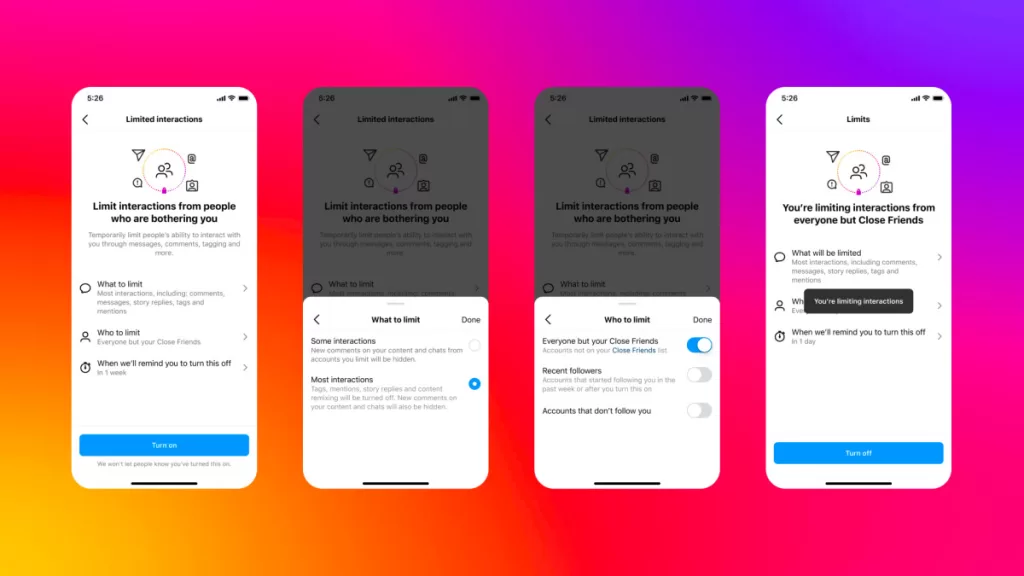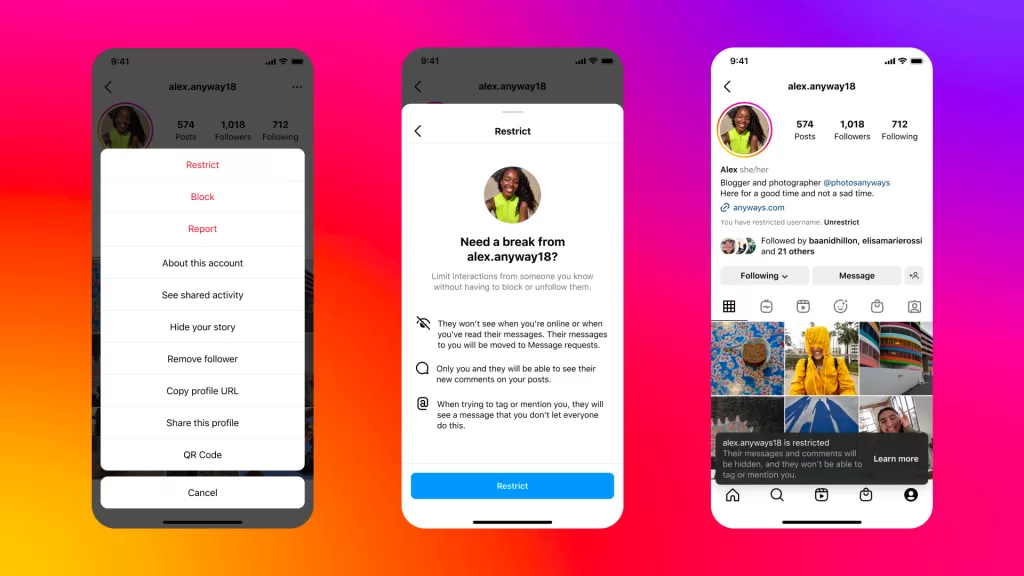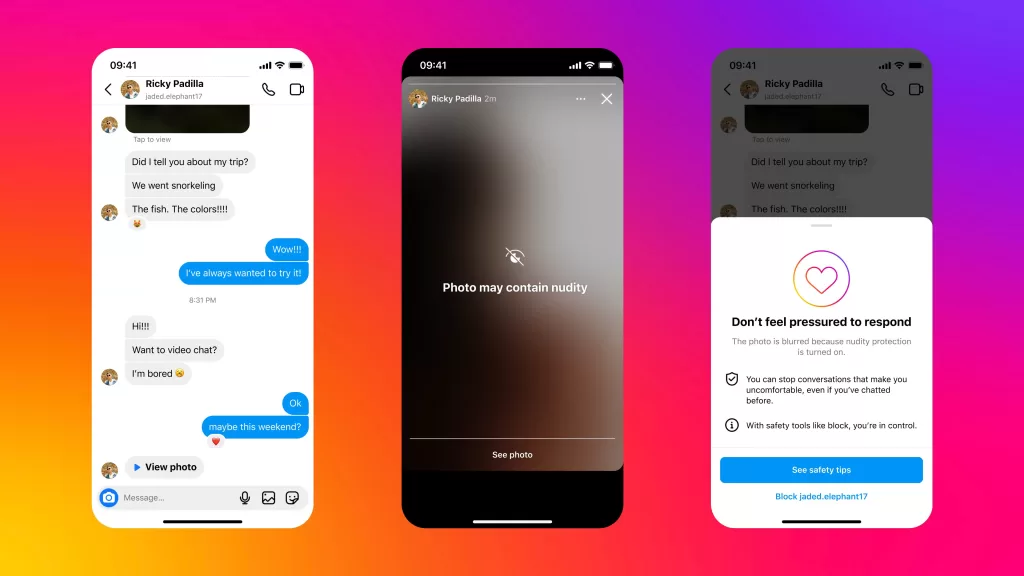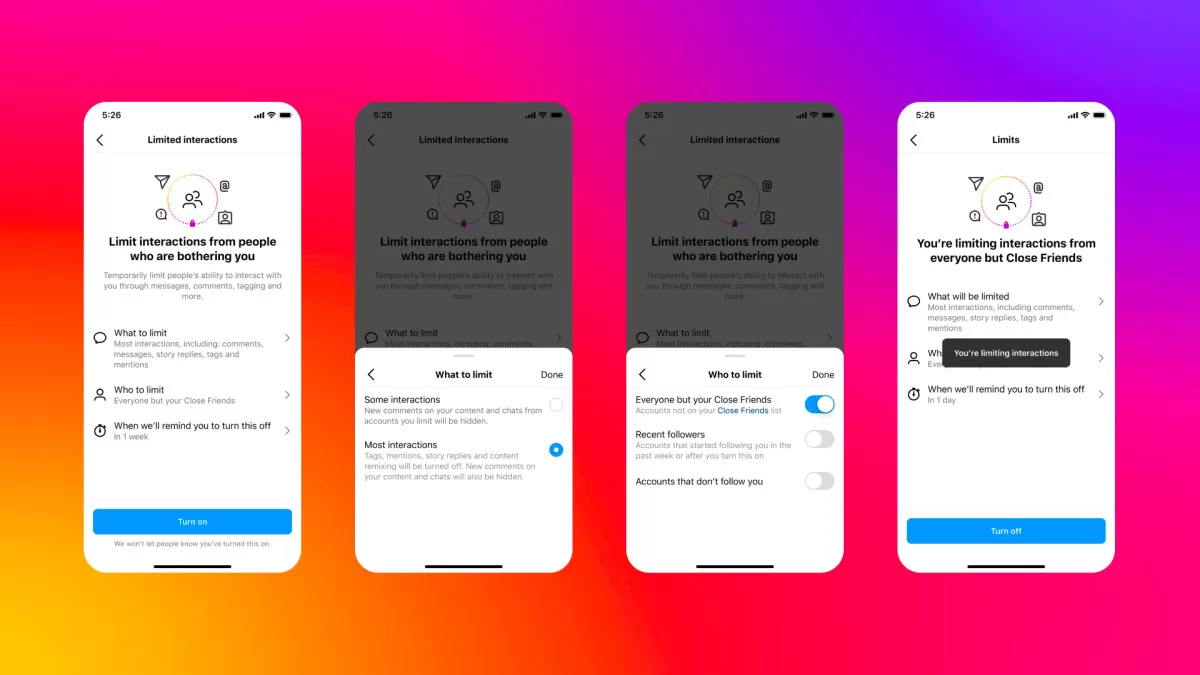Social media platforms have become an undeniable part of teenage life. While they offer opportunities for connection and self-expression, they also present unique safety challenges. One growing concern is the issue of sextortion, a form of blackmail that involves coercing someone into sending sexually explicit content.
Sextortion cases have been on the rise in recent years, with teenagers and young adults being particularly vulnerable. The combination of digital naivety and a desire for social validation can leave them susceptible to online predators. These predators may use various tactics, including flattery, manipulation, or threats, to pressure victims into sending explicit photos or videos.

Recognizing the seriousness of this issue, Instagram has been actively implementing features aimed at enhancing teen safety on the platform. The platform’s recent update focuses on empowering teens to control who can interact with them.
Limiting Interactions: Close Friends Only Mode
The new feature allows users to switch to a “Close Friends” only mode, effectively limiting direct messages (DMs) and comments to a pre-selected list of trusted individuals. This creates a safer space for teens to share and express themselves without fear of unwanted attention.
The update expands existing functionalities by allowing users to mute interactions with anyone who is not already on their Close Friends list. This empowers users to manage their experience and avoid unwanted messages or comments, even from accounts they follow.

These updates build upon Instagram’s previous efforts to create a safer environment for teens. The platform has implemented features to detect and remove abusive content, provide reporting tools, and offer educational resources on topics like online safety and healthy relationships.
While Instagram’s efforts are commendable, experts acknowledge the ongoing challenge of staying ahead of evolving online threats. Predators constantly adapt their tactics, and the platform requires a multi-pronged approach to ensure user safety.
Creating a truly safe online environment requires collaboration. Teens need to be aware of the risks associated with sextortion and how to protect themselves. This can be achieved through open communication with parents and responsible use of social media platforms.

Parents, on the other hand, can play a crucial role in educating their children about online predators and the importance of online privacy. They can also monitor their children’s online activity and encourage them to report any suspicious or abusive behaviour.
Finally, the responsibility lies with platforms like Instagram to invest in robust safety measures and continually develop features that empower users to control their online experience.






